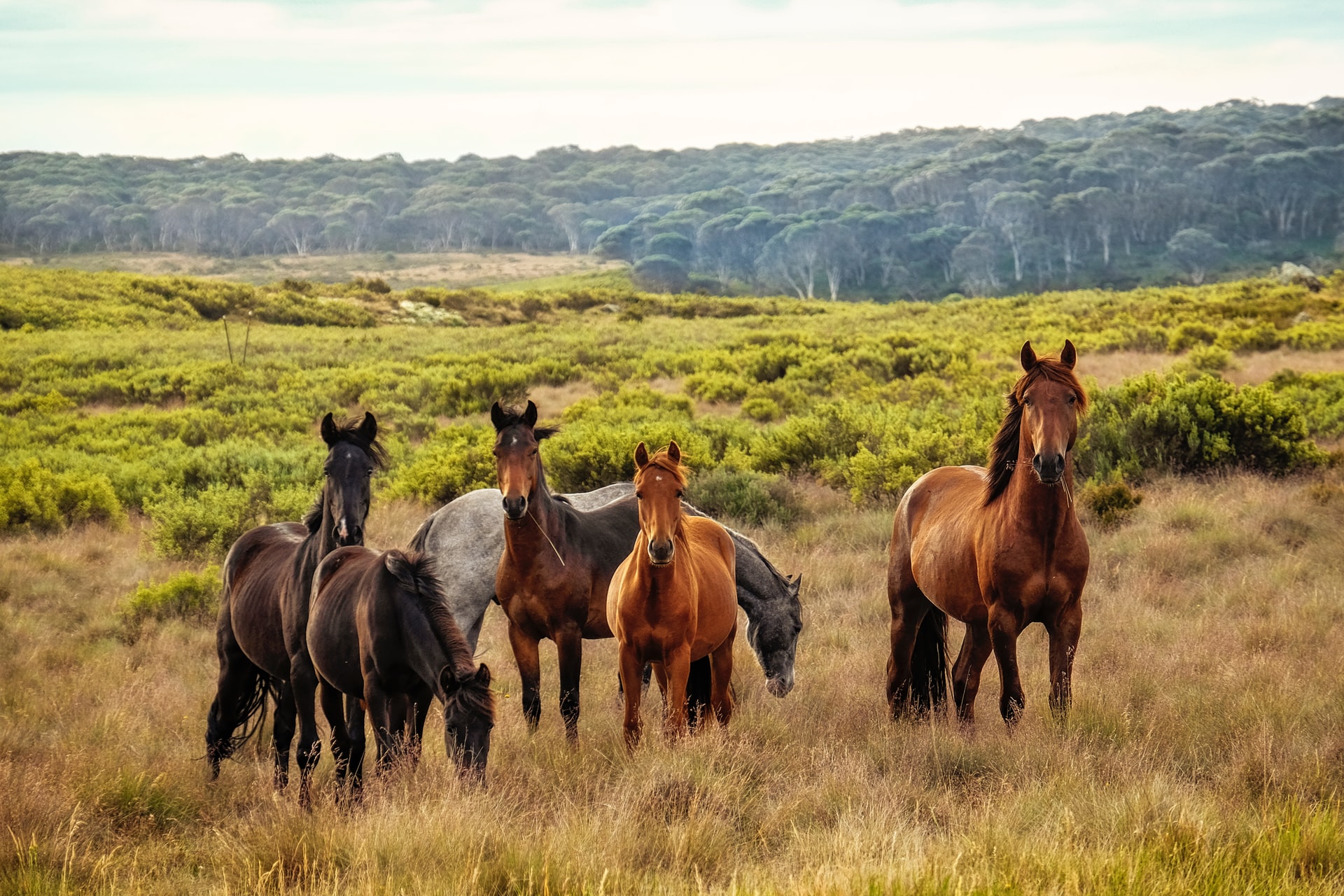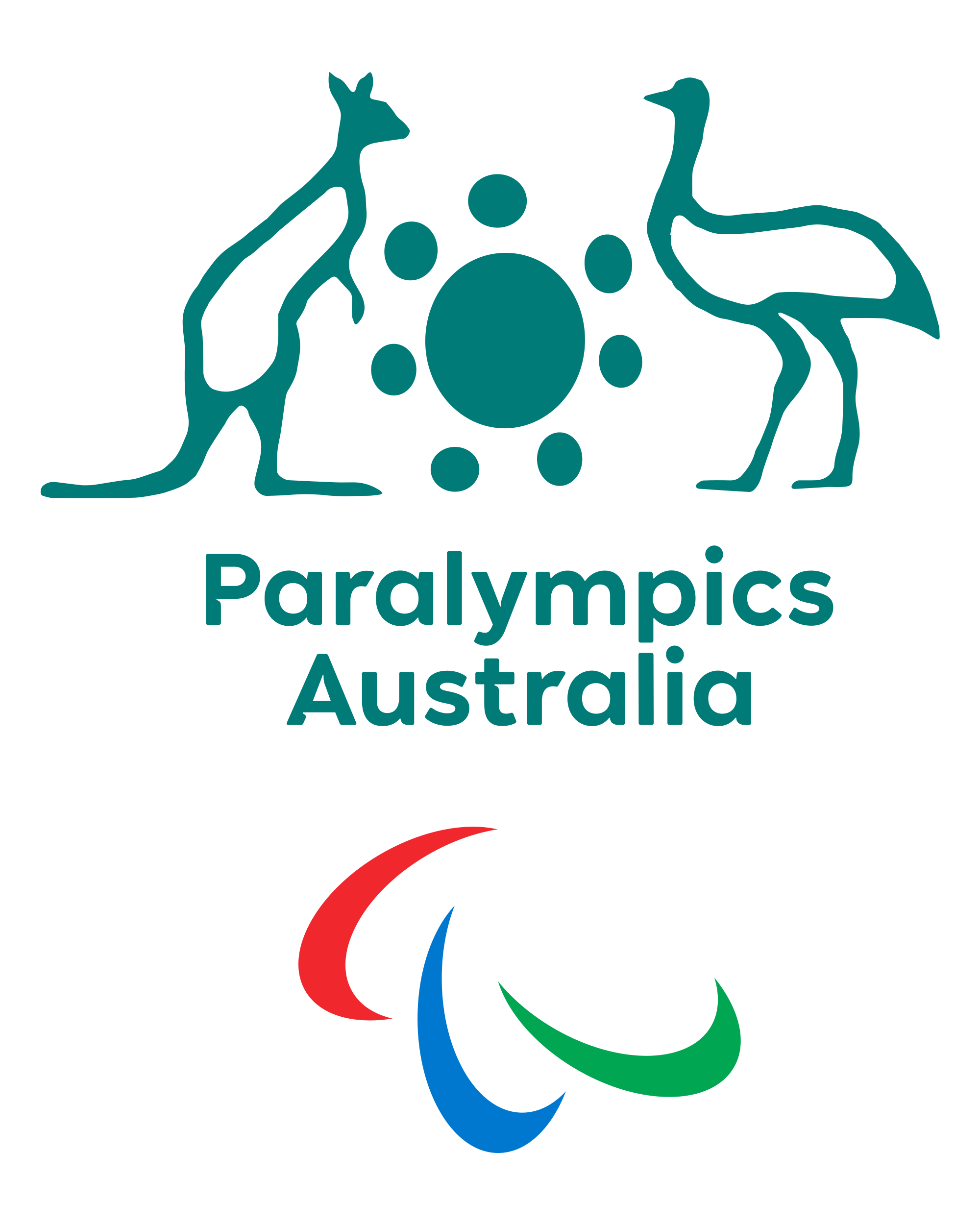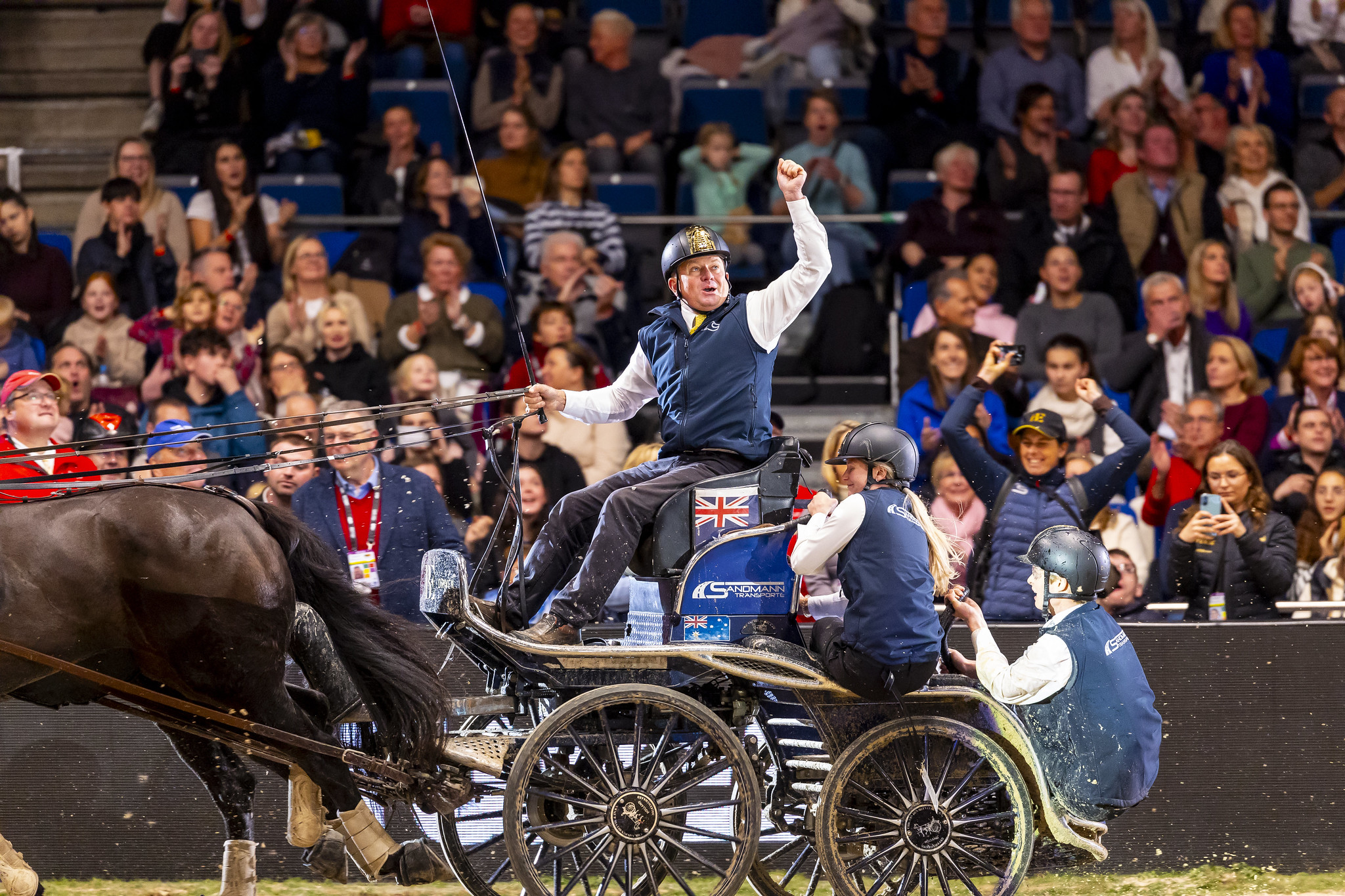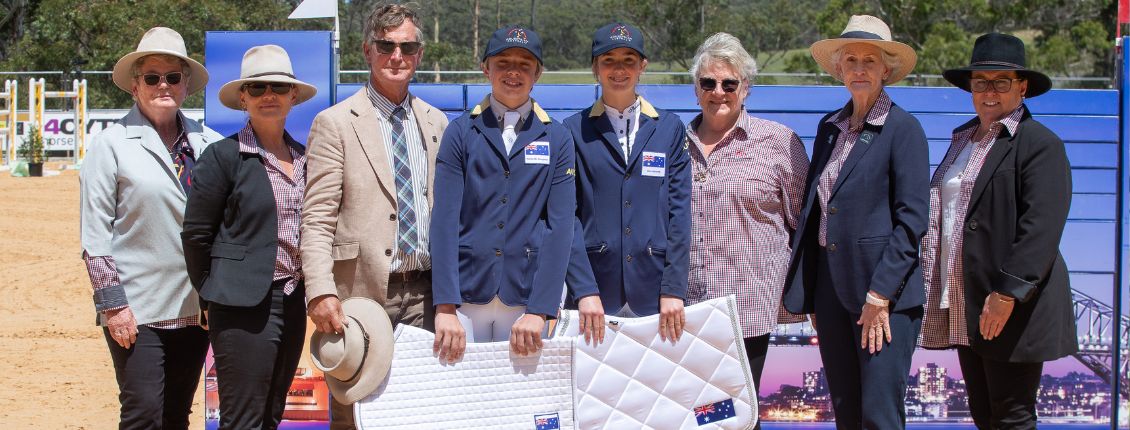Research Library
Read equestrian-related research and studies here.
 |
Researchers Recommend Helmets On and Off the Saddle
Head injuries and broken ribs are common injuries in equestrian sports, but they don’t have to be par for the course. According to a new study looking at horse-related accidents in a primary (non-trauma) care centre, falls cause the most injuries, but ground-level mishaps lead to significant and often severe injuries as well. Fortunately, helmets and other protective equipment likely keep injuries from being worse, medical researchers say. If you’re headed from the saddle to the hospital after a fall, chances are you’ve got a concussion. In a recent five-year study in rural Scotland, researchers found that 86 percent of all equestrian-related admissions to a regional general hospital resulted...read more
|
|
|
The Positive Effect of an Experienced Adult on Young Horses in a Herd
Transmission of fear and attenuation of fear within groups of horses remain relatively unexplored, despite the importance for human and animal safety. This study reports the results of two separate experiments, aiming to explore social transmission of habituation in horses at group level. In Experiment 1, the effect of a same-age demonstrator was investigated in eight groups of four 2-yr old horses. The socially highest-ranking horse (determined through feeding tests) in each group was used as demonstrator. Half of the demonstrators were habituated to the sudden appearance of a stimulus while feeding from a container in a test arena, and the other half remained non-habituated. During testing...read more
|
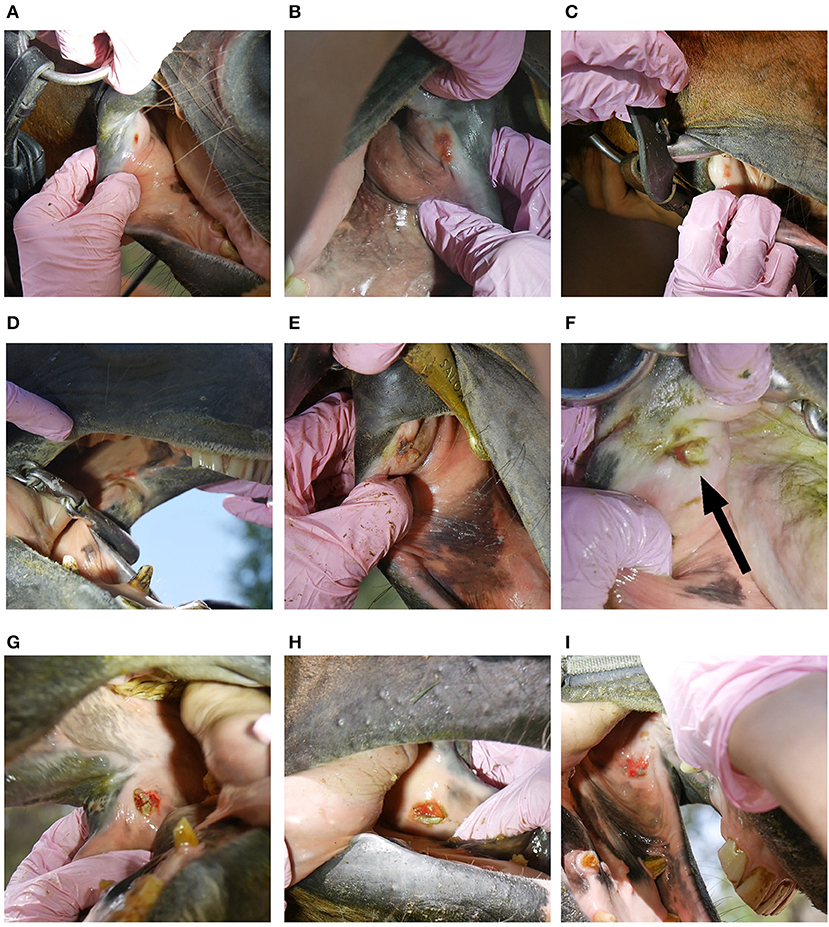 |
Study Delves into Bit-Related Lesions in Event Horses After Cross-Country
Bit-related oral lesions are common and may impair horse welfare. The aim of this study was to investigate the prevalence of oral lesions and their risk factors in a sample of Finnish event horses. The rostral part of the oral cavity (the bit area) of 208 event horses (127 warmbloods, 52 coldbloods, and 29 ponies) was examined in a voluntary inspection after the cross-country test. Acute lesions were observed in 52% of the horses. The lesion status was graded as no acute lesions for 48%, mild for 22%, moderate for 26% and severe for 4% (9/208) of the horses. Horses wearing thin (10–13 mm) or thick (18–22 mm) bits had a higher risk of moderate/severe lesion status, than horses wearing...read more
|
 |
Your Horse's Workout Starts Well Before You Get to the Destination
During transport, horses are subjected to acceleration in three dimensions, rapid braking, turning, noise, and other stressors. A study set out to investigate the details of what is it actually like for a horse being transported in a float. A custom two-horse trailer was built for this project, with the floor fitted with 24 shear beam load cells to measure the vertical load imposed by each horse and its horizontal motion. Two horses were driven on a 56 km trip on both rural and urban roads. When the researchers summed all of the up and down movement the horse’s bodies experienced during the trip, they found one horse moved 69.55 m in the vertical direction while the other moved 97.56m! This up and down...read more
|
 |
The Recognition of Pain and Learned Behaviour in Horses Which Buck
Bucking behaviour in horses is potentially dangerous to riders. There is limited information about how bucking behaviour should be investigated by veterinarians. The objectives of this article are to define bucking behaviour, to review the literature relating to bucking and allied behaviours in horses and describe personal observations and to describe an approach to clinical investigation and management strategies. A literature review from 2000 to 2020 was performed via search engines and additional free searches. A buck is an upward leap, usually in addition to forward propulsion, when either both hindlimbs or all four limbs are off the ground with the thoracolumbosacral region raised. Bucking often occurs as...read more
|
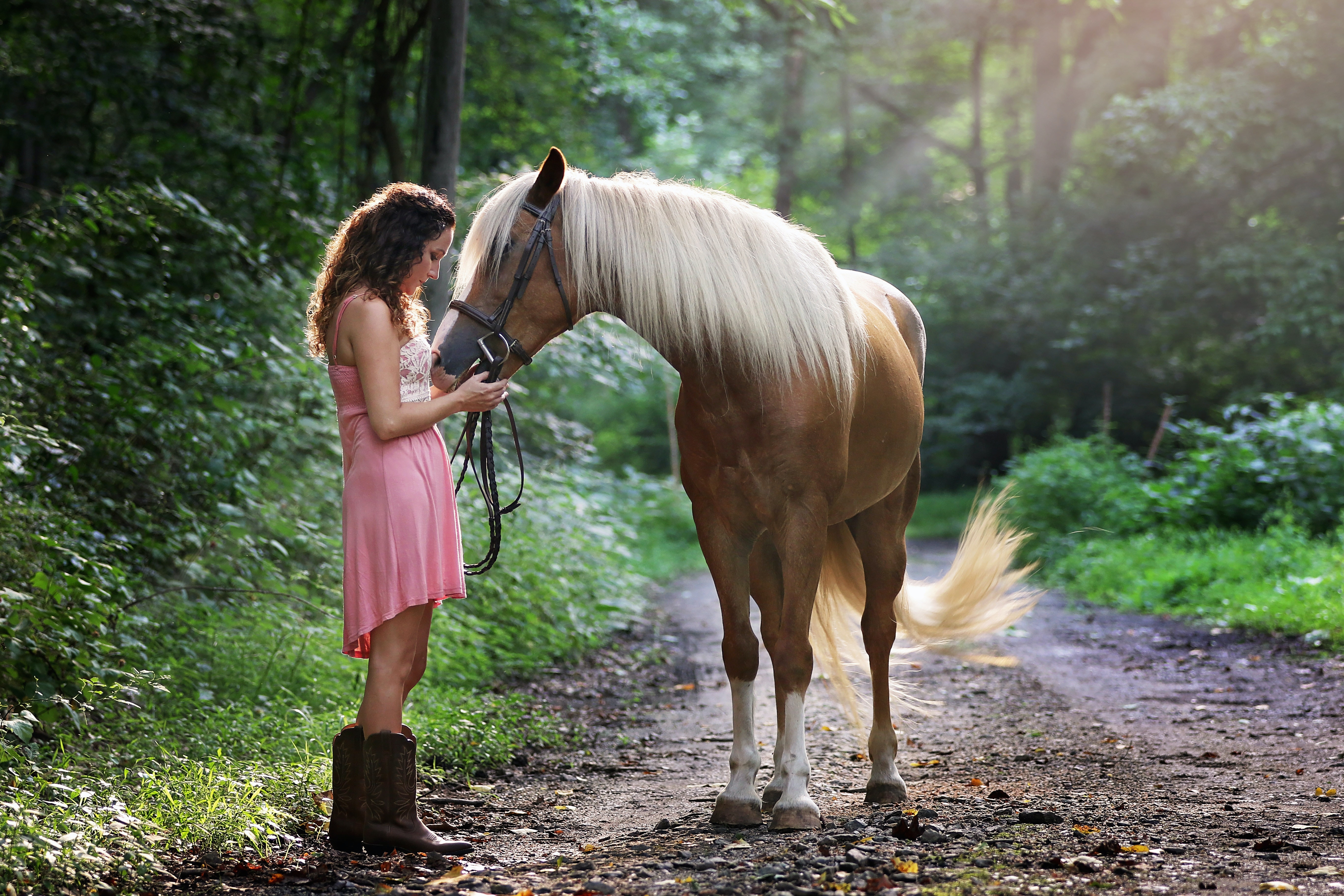 |
It's Not What You Say, But How You Say It
Pet-directed speech (PDS) is a type of speech humans spontaneously use with their companion animals. It is very similar to speech commonly used when talking to babies. A survey on social media showed that 92.7% of the respondents used PDS with their horse, but only 44.4% thought that their horse was sensitive to it, and the others did not know or doubted its efficacy. Researchers decided to test the impact of PDS on two tasks. During a grooming task that consisted of the experimenter scratching the horse with their hand, the horses carried out significantly more mutual grooming gestures toward the experimenter, looked at the person more, and moved less when spoken to with PDS than...read more
|
 |
Helmets Are Essential, But They’re No Panacea When It Comes to Concussion
Horse riders largely over-estimate the ability of helmets to ward off concussion, New Zealand research findings suggest. The new study of riding-related concussions reveals that riders tend to misunderstand the basic function of helmets. “Helmets are important to prevent serious injuries like skull fractures, but few people are aware that they cannot completely prevent concussion.” says Professor Alice Theadom, lead author of the study and director of the Traumatic Brain Injury Network at the Auckland University of Technology (AUT). “There is no way to keep the brain from moving inside the skull following an accident...read more
|
 |
Damaged Safety Helmets Increase Serious Head Injury Risk by 19%
The risk of serious head injuries increases when an already damaged helmet or a wrong helmet is worn, Austrian research has shown. Austrian research into damaged and ill-suited safety helmets has highlighted the risks of using compromised head protection in sport. While the investigation by researchers from Graz University of Technology and Austrian automotive club ÖAMTC centered on moped riders, the message was that the risk of serious head injuries increases when a damaged helmet or the wrong type of helmet is worn. The Institute of Vehicle Safety at TU Graz, in cooperation with the ÖAMTC and child injury prevention association Große schützen Kleine investigated how different types of helmets behave...read more
|
 |
Study Suggests the More Riders a Horse Has, the Less Responsive it May Become
Successful horse training depends on riders giving clear and consistent cues. When cues are inconsistent, the horse may become confused, frustrated, or unresponsive.
It is likely that each rider or horse trainer differs in the way they deliver training cues because humans vary in their weight, height, riding style, handedness, experience, and skill level.
A study explored relationships between the number of people to ride or handle a horse and the horse’s response to training cues.
Data describing 1819 horses and ponies were obtained from the Equine Behavior Assessment and Research Questionnaire...read more
|
 |
Study Aims to Identify Pain in Horses From Their Facial Expressions
Equine scientists are using artificial intelligence to recognise pain in horses from subtle changes in their facial expressions.
A team at Nottingham Trent University in England has launched an international project, amid hopes it will result in a better understanding of how painful certain conditions are, aid the development of better treatments, and improve monitoring of recovery. The researchers are training a computer to automatically identify and track key features of a horse’s face that have been shown to change in response to pain...read more
|
 |
Why Advanced Riders Tend to Suffer Less Back Pain Compared to Novice Riders
Lower back pain (LBP) is a prevailing affliction among recreational and professional horse riders. It lowers performance and distracts from the development of the athlete.
Interestingly, a lower incidence of LBP has been observed in the professional riding population despite higher training volumes.
Researchers aimed to describe neuromuscular mechanisms through which advanced and novice riders attenuate the shockwave generated between the horse and rider. Six novice riders, nine advanced riders and four horses took part in this study...read more
|
 |
Fostering Curiosity May Lead to Enhanced Learning in Young Horses
A study presented the first evidence of a link between object-directed curiosity and learning performance in young horses in two very different learning tasks (visual discrimination and pressure-release). Researchers exposed 44 young horses to standardised novel object tests at 5 months and 1 year of age and found consistency in responses.
Standard indicators of fearfulness (e.g. heart rate and alertness) were...read more
|
 |
Horse Pursuits a Significant Cause of Hand Injuries Among Sports, German study shows
Equestrian pursuits have been identified as a significant cause of hand injuries in a German study that explored hand injuries in sport. Among 42 different sports, equestrian pursuits sat third behind cycling and football in the number of hand injuries. Equestrian sports were responsible for 13% of the 364 sporting hand injuries identified in the study.
Hand injuries are common in sports and are associated with high dropout rates among participants, Viola Stögner and her colleagues reported in the journal BMC Musculoskeletal Disorders...read more
|
 |
Study Delves into Age-Related Changes in the Behaviour of Domestic Horses, as Reported by Owners: Boldness vs Independence
Some treatments for common problem behaviours in domestic horses can compromise horse welfare. Such behaviours can be the manifestation of pain, confusion and conflict. In contrast, among the desirable attributes in horses, boldness and independence are two important behavioural traits that affect the fearfulness, assertiveness and sociability of horses when interacting with their environment, objects, conspecifics and humans. Shy and socially dependent horses are generally more difficult to...read more
|
 |
How A Rider’s Pelvic Mobility and Balance on a Gymnastic Ball Correlates to Their Riding Performance
Horse riders need to be stable and well-balanced in order to give clear instructions to the horse.
Riders use various types of off-horse gymnastic training in an attempt to improve riding performance, but little information is available to support or refute their value for improving performance on the horse. A study evaluated and scored 20 experienced riders for their performance of three exercises on a gymnastic ball and for quality and harmony when riding their own horse. The rider’s ability to roll the pelvis from side-to-side was highly correlated with the quality and harmony of their riding performance...read more
|
 |
Older Riders Derive Emotional Benefits From Being in the Saddle
Being at one with nature on horseback has significant emotional benefits for older riders, the findings of fresh research shows. The findings of the study in Austria point to the psychological benefits derived from the simple act of getting out and riding a horse, or walking a dog around neighborhoods and parks.
Connectedness to nature and contact with nature can provide many benefits to humans, such as stress reduction, recovery from illness, and increased positive emotions...read more
|


